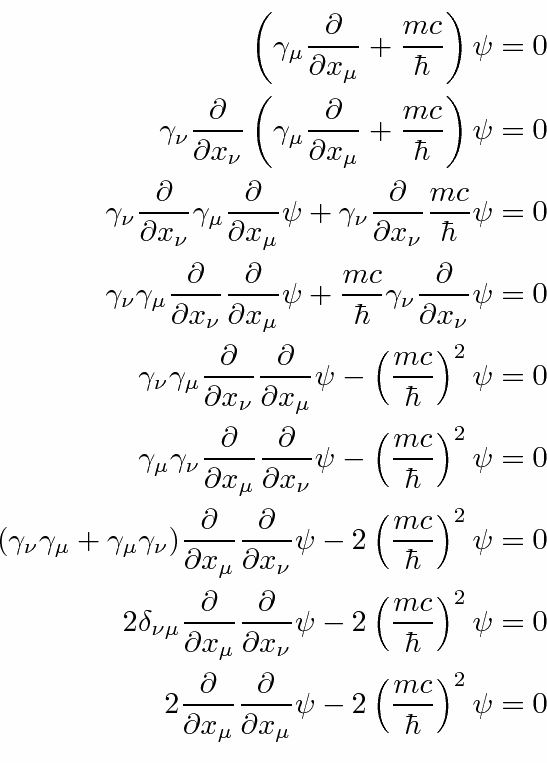Gordon Equation
Post on: 25 Февраль, 2016 No Comment

The Gordon Equation states that the long-term expected real (inflation adjusted) return from the market should approximate the inflation-adjusted compound yearly growth rate in dividends plus the current dividend yield. Historically for the S&P500 the real growth rate in dividends has been about 1.3% per year (1871-1973) and the dividend yield has been about 5.0% per year for the same time frame. The sum of the two is a little less than the historical 6.5% compound yearly return from stocks for that time period. This is explained by a near-doubling of the PE ratio (i.e. speculative return) from 1871 to 1973 which added to stock returns.
One argument that I often hear is that the dividend yield on the S&P 500 (currently about 1.6%) is artificially low because companies are withholding earnings for future growth more so than they did in the past. However, if one looks at the dividend payout ratio it is not that much less than what we see currently. If we correct current payouts to more closely match those of the past then the dividend yield would be close to 2%. This is still quite low by historical standards and the Gordon equation would predict future inflation-adjusted returns of about 3.3% which is way below the 6.7% or so seen from 1871 to 2002.
Here’s a graph of 30-year annualized returns (real) vs. those predicted by the Gordon equation (monthly data, 1871-1973):
Graph 1
As you can see, currently (Sept. 2003) the Gordon equation predicts annualized real returns of about 3% per annum, lower than at any point in the time period displayed in the graph. In 30 years the real return will fit somewhere on the blue line. If previous trends hold it will probably somewhere between about 0-6%, well below the historical average of about 6.7% per year.
The data points in Graph 1 are somewhat dispersed but seem to have pretty well defined upper and lower boundaries. Why isn’t the Gordon prediction more accurate? Mainly, I believe, because dividend growth is somewhat erratic:
Graph 2

20growth.gif /%
Note that in Graph 2 the long term trendline is quite stable and linear. It is tempting to postulate that the dividend growth rate will increase in the future with increases in productivity, technology enhancement, etc. but we have had big productivity gains and numerous technology advances since 1871 and the long term dividend growth rate remains remarkably constant.
What is the chance that we will see historically normal or greater returns for the next 30 years? It is tempting to say about 1 in 100 if you believe in the Gordon equation and the standard deviations cited above. The Gordon-predicted return (3%) is about 3.7% (2.3 standard deviations ) below the historical norm of about 6.7%. This assumes that the long term dividend growth rate remains as stable as it has been for the last 130 years. However, there is a problem in that the data is overlapped. This is because rolling 30-year periods are being looked at, not consecutive non-overlapped periods of which there were only about 4 or 5 in the last 130 years or so. Strict adherence to proper statistical methodology doesn’t allow us to make a confident 1 in 100 prediction. Needless to say, however, at current dividend yields the chance of average or better market performance going forward is pretty small.
Last edited: 06/28/2004














